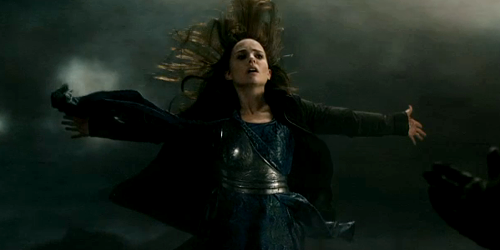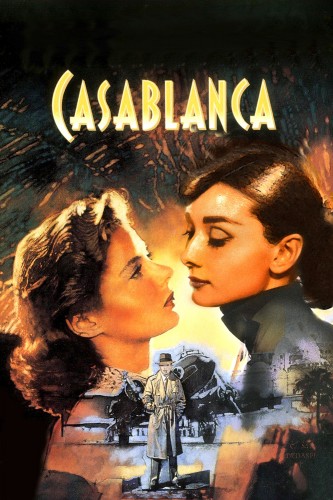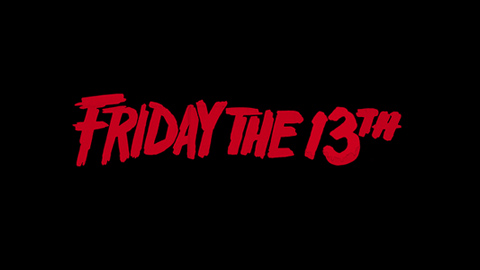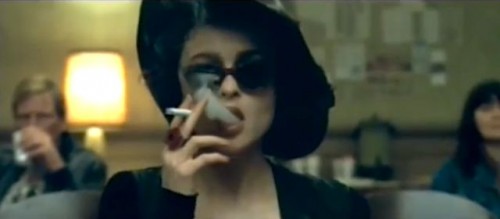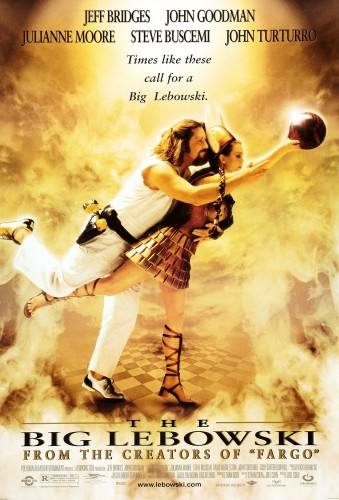‘i hate myself :)’ is Self-Indulgence for the Sake of It
There is one thing that Arnow has in common with James – she really fucking hates the mainstream. Throughout the film, she references not wanting to conform to societal norms and complains that everyone’s disapproval stems from a collective brainwashing scheme to make her like everybody else. She echoed a similar contempt for coming-of-age narratives in the Q&A, saying that she didn’t find it realistic to have a protagonist grow up and have their lives together by learning a clichéd life lesson in the end. I totally agree with that. I think coming-of-age stories are incredibly boring and send the wrong message about what adulthood and maturity is supposed to be. However, there is a fine line between subverting pre-established scripts and just meandering aimlessly with zero narrative.




